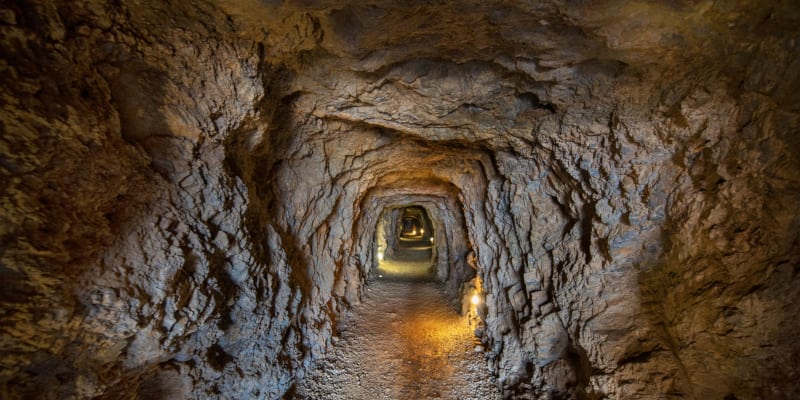
Rock masses in underground mines are always designed for safe operations. However, as miners we know that rock movement – whether due to natural or man-made factors – can occur. Monitoring rock stability is one critical component to ensuring miners remain safe when they venture underground.
A single significant, unexpected, and unmanaged rock movement can spell disaster underground, especially if it leads to a rock fall, tunnel collapse, or other event that could threaten the safety of mine personnel, disrupt production, or have the potential to cause damage to mine vehicles, machinery or infrastructure.
The sooner potentially dangerous rock movement is noticed, the better. To do this, an early-warning system is essential. RAMJACK specializes in specifying, deploying and supporting these real-time warning systems, which include:
- an array of geotechnical instruments embedded directly into rock masses, faces, walls and roofs of tunnels, stopes, etc.
- a series of wireless nodes filling the gap in communications where standard infrastructure is insufficient or ineffective
- a network gateway connecting the wireless solution into the mine’s existing infrastructure (fibre, leaky feeder, etc.) so that real-time information can be collected, viewed and analysed by anyone, anywhere, allowing mine management to quickly assess risks and take appropriate action
Mine Design Technologies (MDT) is a leading manufacturer of rock movement monitoring instrumentation that is purpose-built for the hard-rock mining environment. The key to MDT’s market-leading position is the compatibility with advanced data telemetry solutions and the fact that their instruments are ‘miniaturised’ so that all of the advanced technology of their instruments fits inside the borehole, with only the lead wire exposed, eliminating the risk of instrument damage.
MDT’s range of geotechnical instrumentation, which includes contractometers, sloughmeters, multi-point borehole extensometers (MPBX), and instrumented cable bolts, can be custom-built to suit the specific geology and monitoring requirements of any mine.
MDT instruments are also able to support a variety of data acquisition methods, from manual reading to data logging to automated alarm handling through real-time data telemetry solutions.

